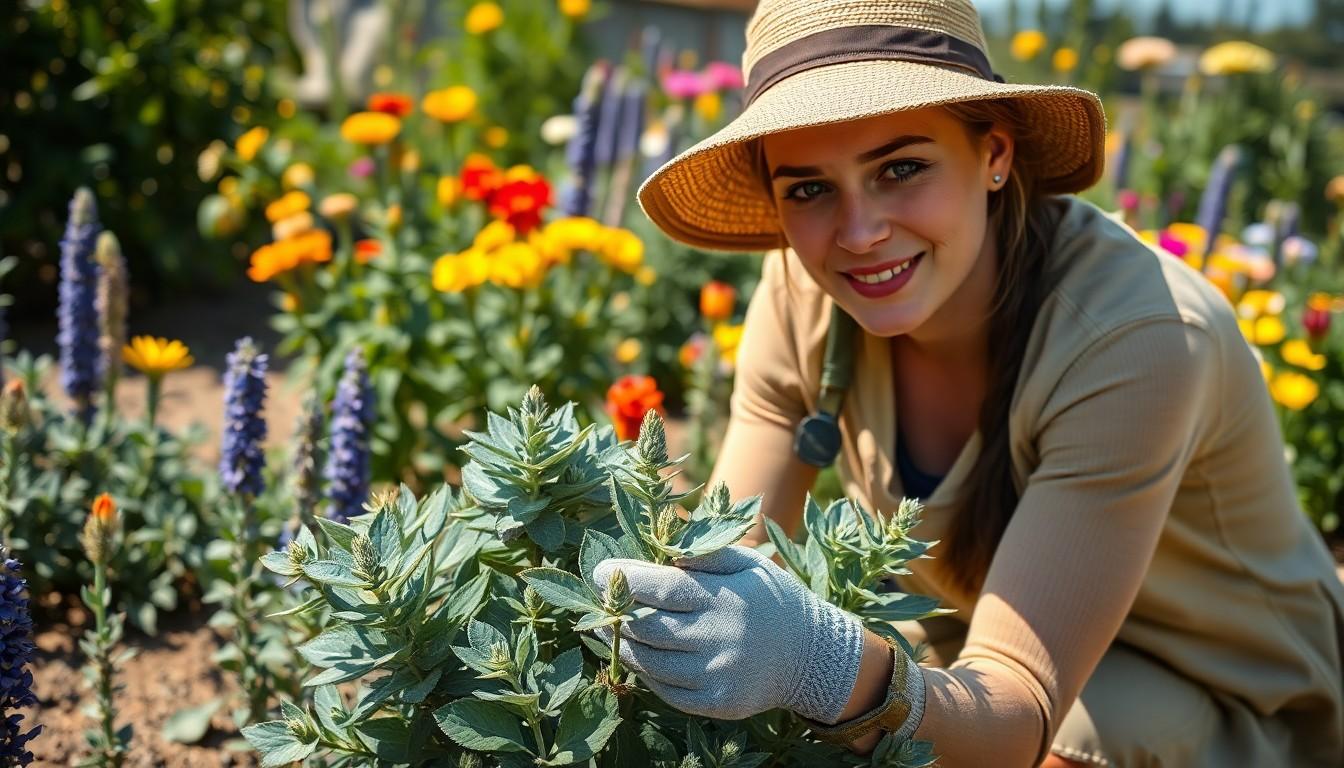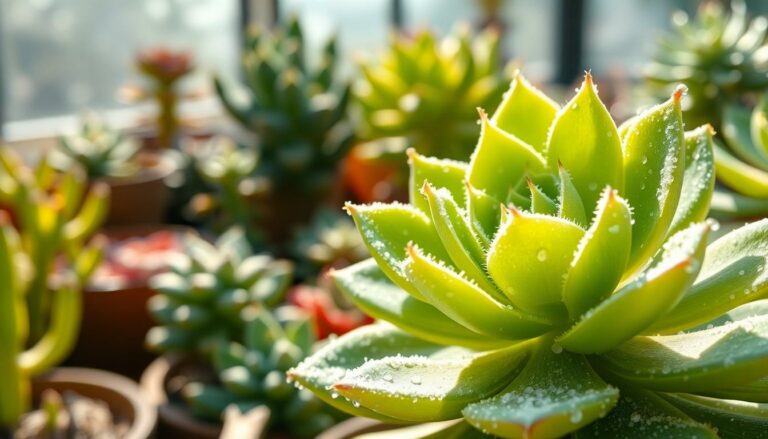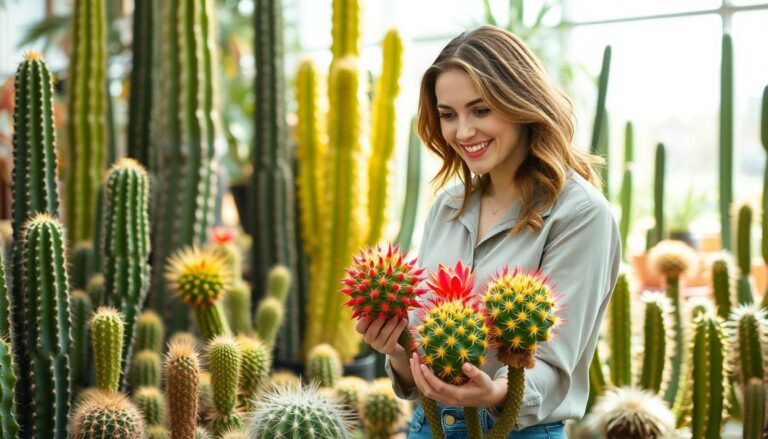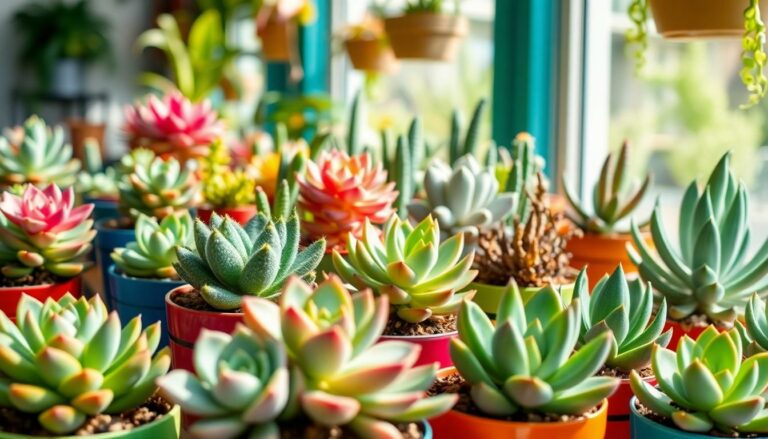Sage isn’t just a spice that adds flavor to your favorite dishes; it’s also a plant that can elevate your garden game. With its vibrant green leaves and aromatic scent, sage has a way of stealing the spotlight. But wait—how can one tell if they’ve got the right sage? With so many varieties out there, it’s easy to feel like you’re playing a game of botanical hide and seek.
Fear not! Identifying sage plants can be as simple as pie—or maybe even easier if you’ve got a good guide. Whether you’re a seasoned gardener or just starting out, knowing how to spot the real deal will save you from accidentally nurturing a wannabe sage. So grab your gardening gloves and let’s dive into the world of sage plant identification, where you’ll learn to recognize these leafy wonders with confidence and a chuckle.
Overview of Sage Plants
Sage plants belong to the Salvia genus, which includes over 900 species. Many gardeners recognize common sage, known scientifically as Salvia officinalis. Various species show distinctive characteristics that facilitate identification.
Green foliage often defines sage varieties, with colors ranging from deep green to silvery-gray. Flowering sage plants feature spikes of flowers, typically purple, blue, or white, attracting pollinators like bees and butterflies.
Leaf shape varies among species. Broad leaves often appear on culinary sage, while some ornamental species present narrow, elongated leaves. Sizes also differ, with certain varieties reaching over 2 feet in height, while others remain compact.
Gardeners appreciate the aromatic quality of sage, stemming from its essential oils. Crushing leaves releases a strong, pleasant scent, helping distinguish it from other plants. The strong aroma proves beneficial when selecting the right variety for culinary uses or ornamental purposes.
Sage thrives in well-drained soil and requires full sun exposure for optimal growth. Drought resistance enhances its appeal, making it suitable for xeriscaping or low-water gardens.
Recognizing sage plants can also involve observing their growth habits. Some flourish as perennials, while others may behave as annuals or biennials. Understanding these nuances simplifies identification and aids in successful gardening endeavors.
Identifying sage varieties promotes appreciation of their unique beauty and utility in the garden. Observing leaf characteristics, flower colors, and growth patterns enhances gardeners’ confidence in selecting the appropriate sage type.
Key Characteristics of Sage Plants
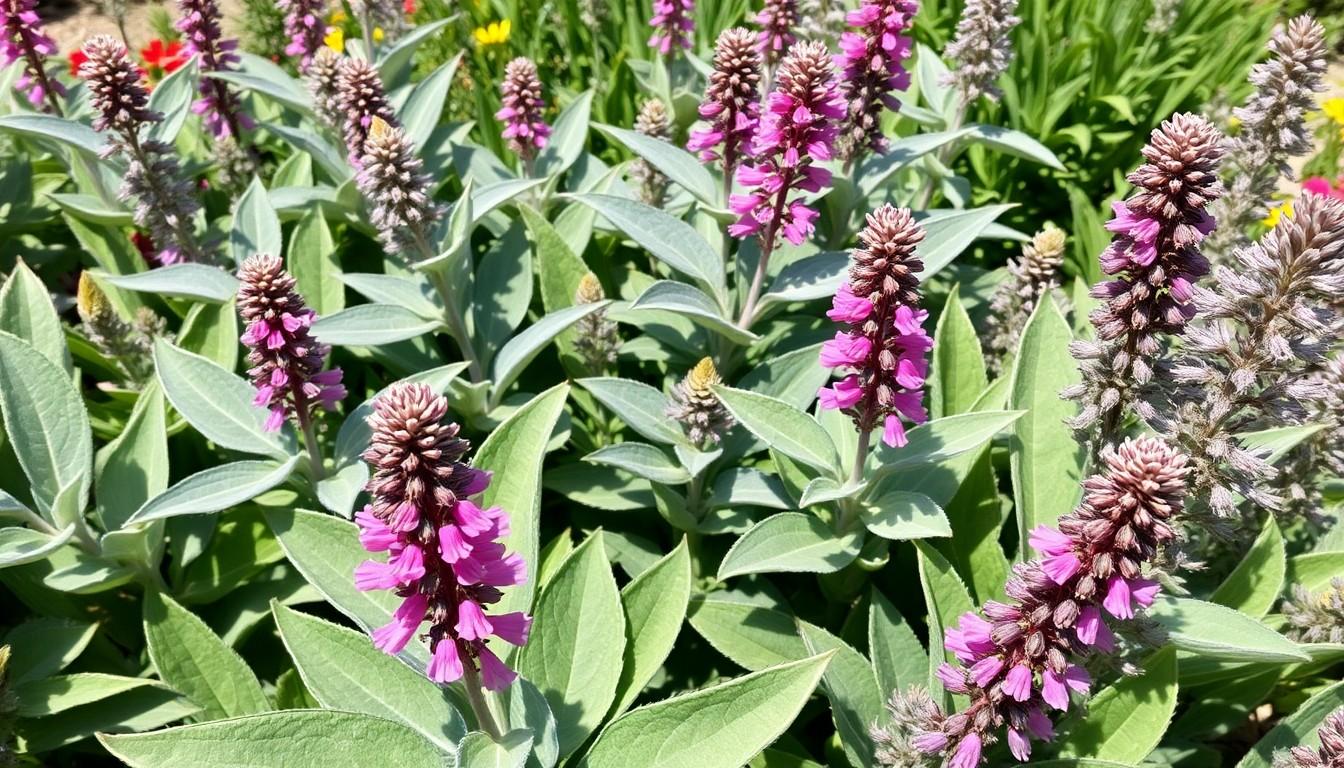
Sage plants exhibit distinct features that simplify identification. Leaf structure, texture, and flowering patterns are key elements to observe.
Leaf Structure and Texture
Leaf structure varies significantly among sage species. Culinary sage (Salvia officinalis) features broad, soft leaves that often measure 1 to 4 inches in length. Some ornamental varieties, like Salvia nemorosa, possess slender, elongated leaves with a more rigid texture. Coloration ranges from deep green to silvery-gray, adding visual interest. A memorable aroma accompanies the leaves, enhancing recognition. When bruised, sage leaves release a strong fragrance, setting them apart from other herbs.
Flowering Patterns
Flowering patterns also play a crucial role in sage identification. Most sage species produce spikes of tubular flowers, typically ranging from 1 to 2 feet tall. Flower colors can vary, including purple, blue, pink, or white, depending on the species. Flowering generally occurs from late spring to early summer, attracting pollinators like bees and butterflies. Some varieties, such as Salvia splendens, are particularly vibrant and popular in gardens due to their eye-catching blooms. Observing the flower arrangement along the spike helps differentiate sage from similar plants.
Common Sage Varieties
Sage varieties exhibit distinct characteristics that set them apart. Understanding these differences aids in accurate identification.
Garden Sage
Garden sage, also known as Salvia officinalis, stands out for its broad, gray-green leaves. This perennial variety typically reaches heights of 2 to 3 feet and thrives in well-drained soil with full sun exposure. Leaf size averages between 1 to 4 inches, offering both visual appeal and culinary versatility. Flowers, which bloom in late spring, are small and may appear in purple or blue. Garden sage also features aromatic leaves, further emphasizing its popularity among gardeners and chefs alike.
Culinary Sage
Culinary sage, another name for garden sage, possesses a strong flavor profile essential for various dishes. Distinctive gray-green leaves contribute to its common usage in cooking, particularly in Mediterranean cuisine. The texture of the leaves is soft and velvety, making them easy to incorporate into recipes. Flowering typically occurs in early summer, adding beauty to the garden. Cooks appreciate its flavor in savory dishes and herbal teas, enhancing both taste and aroma.
Purple Sage
Purple sage, scientifically referred to as Salvia officinalis ‘Purpurascens,’ features striking purple-tinged foliage that makes it a visually stunning choice for gardens. This variety grows up to 2 feet tall and offers an attractive contrast with its vibrant leaves and flowering spikes. Aromatic properties remain similar to other sage varieties, yet the leaves are slightly smaller. Flower colors usually range from violet to pink, blooming in mid-summer and attracting pollinators. Purple sage serves both ornamental and culinary purposes, providing versatility amid its allure.
Habitat and Growing Conditions
Sage thrives in specific habitats and growing conditions that enhance its flavor and appearance. Understanding these details aids in successful cultivation.
Soil Requirements
Sage prefers well-drained soil with a pH level between 6.0 and 7.0. Loamy or sandy soils best support sage growth, enabling proper drainage and aeration. Organic matter improves soil fertility and structure. Avoid heavy clay soils that retain moisture, as they may lead to root rot. When planting, ensure space allows for air circulation around the roots. Mulching can help maintain soil temperature and moisture balance.
Climate Preferences
Sage exhibits adaptability to various climates, but it flourishes in warm environments. It prefers full sun exposure for at least six hours daily. Mild winters are ideal, as extreme cold may damage roots. Ideal temperatures range from 60°F to 70°F during the growing season. Drought-resistant characteristics make sage suitable for xeriscaping. In regions with high humidity, providing adequate space between plants minimizes fungal diseases. Recognizing these climate preferences promotes healthy sage growth in diverse locations.
Techniques for Identifying Sage Plants
Identifying sage plants requires attention to specific traits. Utilizing visual cues and sensory methods simplifies the process.
Visual Identification Tips
Observe the leaf shape and color to identify various sage species. Culinary sage features broad, soft leaves that are gray-green, while ornamental varieties, such as Salvia nemorosa, showcase slender, elongated foliage. Flower spikes serve as additional indicators; most sage species produce tubular flowers in diverse colors. The growth habit also aids identification; some varieties display a bushy form, whereas others are more upright. Noticing these characteristics within the garden environment enhances the ability to distinguish between sage plants.
Smell and Taste Methods
Rely on the aromatic quality of sage for identification. Crushing the leaves releases a strong, pleasant fragrance unique to sage. Distinctive flavors provide further confirmation; culinary sage offers a savory taste that enhances dishes. When tasting, a clean and earthy flavor profile stands out, differentiating it from other herbs. Fresh leaves yield a more intense aroma compared to dried ones, making the sensory experience more pronounced. Utilizing smell and taste alongside visual cues creates a comprehensive approach for identifying sage plants in any setting.
Conclusion
Identifying sage plants can be an enjoyable and rewarding experience for gardeners of all skill levels. By focusing on key characteristics like leaf shape, color, and flowering patterns, anyone can confidently distinguish between the various sage varieties. The aromatic qualities of sage not only enhance culinary creations but also add beauty to gardens.
Understanding the ideal growing conditions further supports healthy sage development. With the right knowledge and a little practice, recognizing and cultivating sage becomes a simple task. Embracing these techniques will surely lead to a thriving sage garden that delights the senses and enriches any culinary endeavor.

